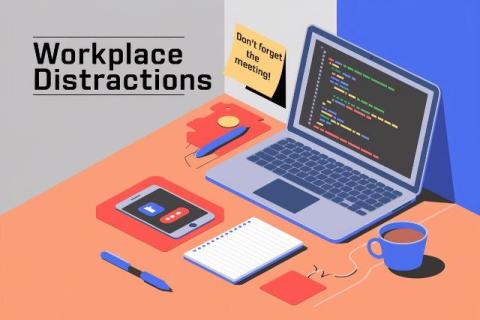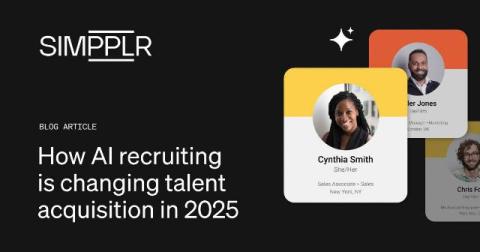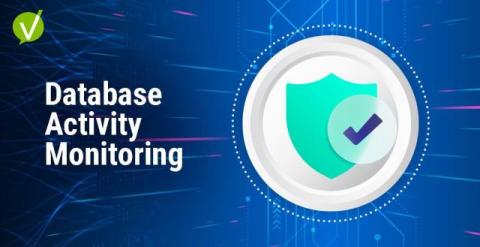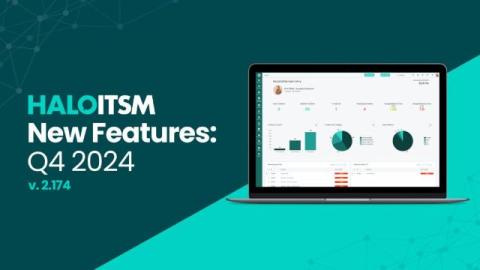Legal Collaboration Tools to Stay Ahead in 2025
In a law firm, each case is a puzzle with hundreds of pieces. These pieces can be composed of contracts, research documents, communication with a client, and court-imposed deadlines. At times, keeping track of them seems to be like trying to solve a Rubik’s cube while riding a bike. Every little count mattered. Missing one file or misplaced document will possibly devastate hours of work.











